Mastering the Warehouse Move: A Step-by-Step Guide.

Transitioning to a new warehouse is no small feat. It involves numerous challenges, from potential disruptions to optimizing your new space. However, when executed correctly, it can unlock significant opportunities for growth and efficiency.
In this guide, we’ll take you through everything you need to know—risks, checklists, space optimisation, Warehouse Management Systems (WMS), and future-proofing your warehouse. By the end, you’ll be well-prepared to make a seamless and successful move.
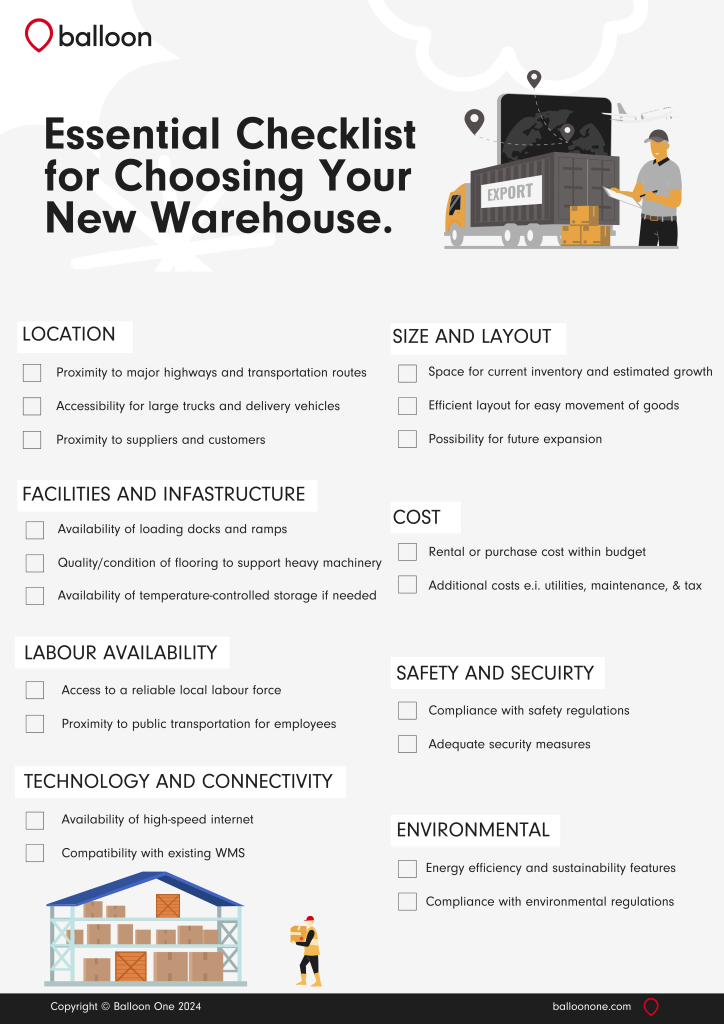
Risks and Considerations
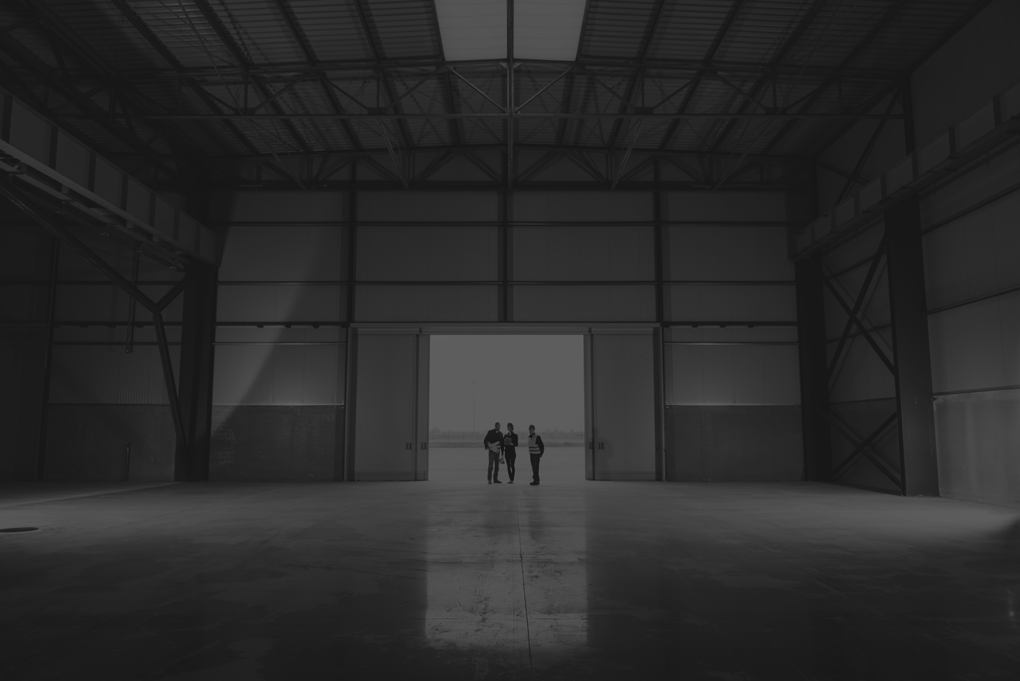
Financial and Operational Risks.
Moving to a new warehouse is a big financial commitment. Costs can add up fast, like lease agreements, renovations, and moving expenses. There are also risks to consider, such as supply chain issues, inventory problems, and delayed shipments, which can affect customer satisfaction.
Assessing the Need to Move.
Before deciding to move, it’s important to think about if it’s really needed. Are your current facilities holding back your growth? Is your lease ending soon? Are you losing money because things aren’t working well? Answering these questions can help you figure out if moving to a new warehouse is the best choice.
Suitability of Potential Locations.
When choosing a warehouse location, consider proximity to key transportation routes, accessibility for large delivery trucks, and the availability of local labour. Conducting a thorough site assessment can save you from future headaches.
Choosing the Right Location.
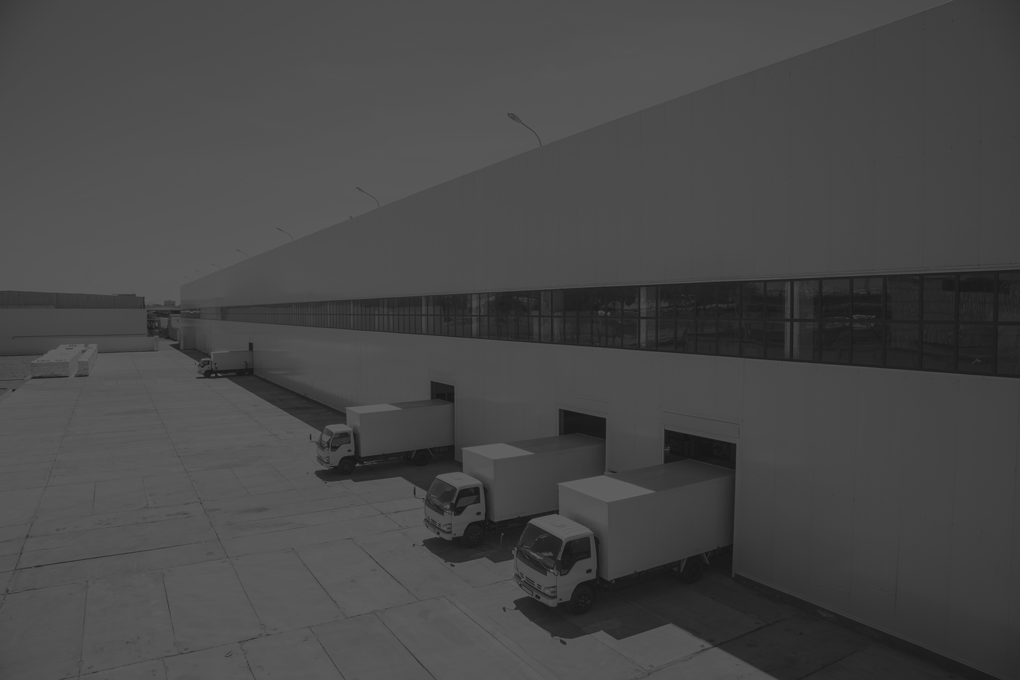
Selecting the right location for your new warehouse is a critical decision that can have long-term implications for your business operations. Here are some key factors to consider when choosing the perfect location:
Proximity to Key Markets.
One of the foremost considerations should be how close the warehouse is to your primary markets and customers. A centrally located warehouse can reduce delivery times and shipping costs, ensuring quicker service and enhancing customer satisfaction.
Access to Transportation Networks.
Evaluate the accessibility to major highways, railroads, ports, and airports. Easy access to these transportation networks can streamline logistics, reduce transit times, and lower shipping expenses.
Local Labour Market.
The availability of a skilled and reliable workforce is crucial for warehouse operations. Consider locations with a robust labour market where you can easily recruit and retain employees. Proximity to residential areas and public transportation can also make commuting easier for your staff.
Regulatory Considerations.
Be aware of local zoning laws, building codes, and environmental regulations. Compliance with all necessary regulations can prevent legal complications and potential delays in your operations.
Costs and Incentives.
Cost is always a significant factor. Investigate not just the lease or purchase price, but also utility costs, taxes, and potential government incentives for businesses that open in specific areas. These financial aspects can significantly impact your bottom line.
Quality of Infrastructure.
Make sure electricity, water, and fast internet are available. Good infrastructure helps your warehouse run well. Think about these things during site selection. It can make your warehouse more efficient, save money, and help it grow in the future.
Space Optimisation.
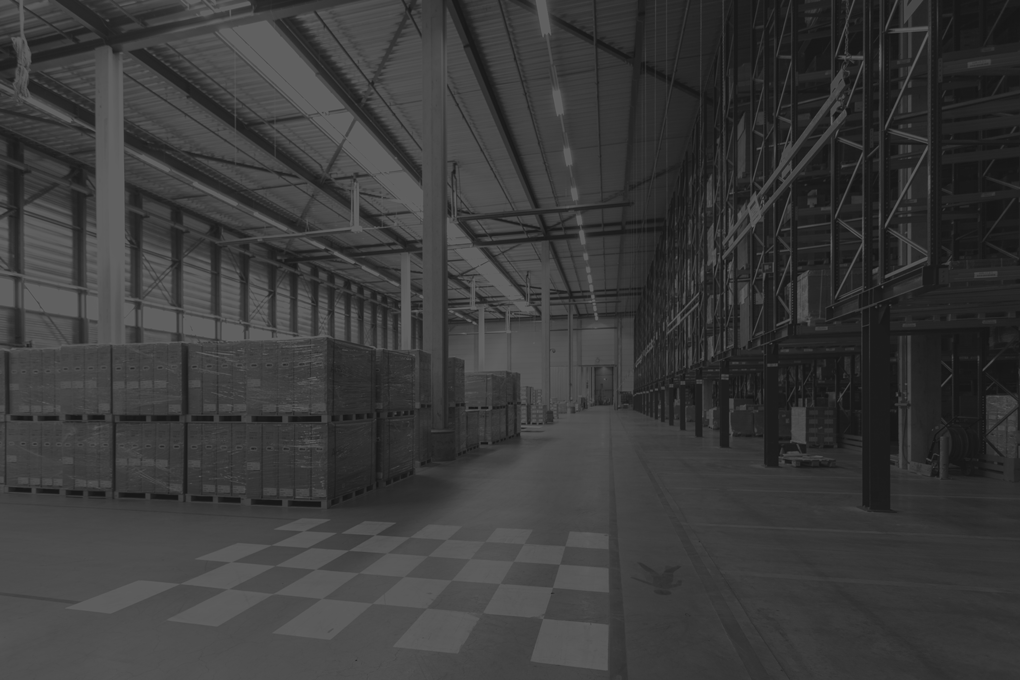
Maximizing Layout Design.
An optimized layout is crucial for operational efficiency. Start with a detailed floor plan, ensuring you allocate space for receiving, storage, picking, packing, and shipping areas. Consider implementing a U-shaped layout to streamline workflow and minimize travel time within the warehouse.
Utilising Vertical Space.
Don’t just think horizontally—go vertical. Invest in high-quality racking systems to maximize vertical space. This approach can significantly increase your storage capacity without expanding your footprint.
Cost Savings and Efficiency.
Optimizing your warehouse space isn’t just about fitting more items. It directly impacts your bottom line. Efficient space utilisation reduces the time and effort needed to locate and retrieve items, leading to faster order fulfilment and lower labour costs.
Tailoring the Warehouse to your Industry Needs.

Every industry has its unique requirements and factors to consider when selecting a new warehouse. Here are some common industries and their specific needs:
Food and Beverage Industry.
- Temperature Control: Warehouses need to maintain specific temperatures to ensure the freshness and safety of food products. Refrigeration and freezer facilities may be necessary.
- Sanitation Standards: Following FDA rules for food safety means keeping things clean and getting checked often to make sure everything is safe.
- Pest Control: Implementing robust pest control measures is crucial to prevent contamination and ensure product integrity.
Pharmaceutical and Medical Products.
- Regulatory Compliance: Warehouses must adhere to stringent regulations from bodies such as the FDA and GMP, including maintaining detailed records of storage conditions.
- Climate Control: Temperature and humidity controls are essential to protect sensitive pharmaceuticals from degradation.
- Security Measures: Enhanced security is required to prevent theft and ensure the safe handling of controlled substances.
E-commerce.
- High Throughput: E-commerce warehouses need efficient layouts that can handle high volumes of orders with quick turnaround times.
- Advanced WMS: Integration with sophisticated Warehouse Management Systems (WMS) to track inventory in real-time and manage fast-paced operations.
- Packaging Facilities: Space for extensive packing and shipping operations, as well as easy access for courier services.
Automotive and Manufacturing.
- Heavy Machinery Handling: Warehouses must be equipped to handle heavy and bulky automotive parts or machinery, including reinforced flooring and heavy-duty shelving.
- Inventory Diversity: Ability to organize and store a wide range of parts, from small components to large assemblies.
- Proximity to Production Sites: Location should be close to manufacturing plants to facilitate just-in-time delivery and reduce transportation costs.
Retail and Consumer Goods.
- Seasonal Storage Needs: Retail businesses often experience fluctuating inventory levels due to seasonal demand, requiring flexible storage solutions.
- Display Areas: Some warehouses may need temporary areas for product displays or promotional setups.
- Return Processing: Efficient systems for handling returns and restocking items to ensure smooth operations and customer satisfaction.
By understanding and addressing these industry-specific requirements, businesses can select a warehouse that not only meets their operational needs but also adheres to the specific regulations and standards of their industry. This tailored approach ensures smoother transitions and more efficient warehouse management.
Selecting, Implementing, and Upgrading Your WMS.
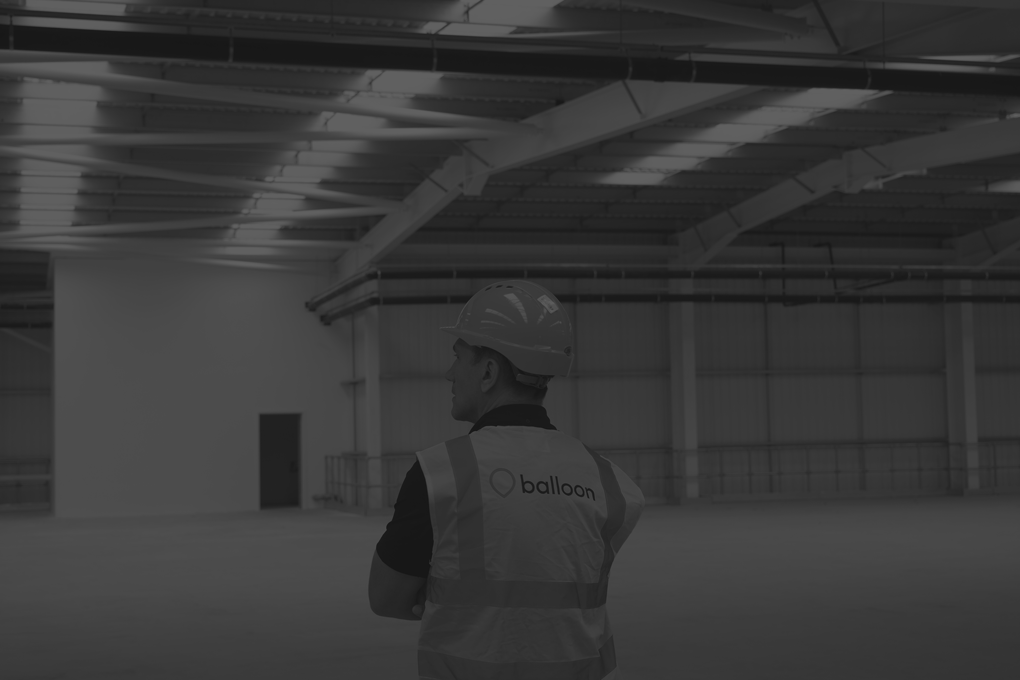
Overview of WMS.
A Warehouse Management System (WMS) is essential for managing inventory, orders, and the overall movement of goods within your warehouse. A good WMS offers real-time data, enhances accuracy, and improves efficiency.
Selecting and Implementing a WMS.
Choosing the right WMS involves considering factors like scalability, integration capabilities, and user-friendliness. Ensure the system you select can grow with your business and integrate seamlessly with your existing software.
Upgrading Existing Systems.
If you’re already using a WMS, moving to a new warehouse might be the perfect time for an upgrade. Modern systems offer advanced features like AI-driven analytics, which can provide valuable insights into your operations.
Future-Proofing the Warehouse.

Accommodating Future Growth.
When selecting a new warehouse, think long-term. Can the space accommodate your business’s growth over the next 5-10 years? Consider factors like expandable square footage and the ability to add more racking or automation systems.
Adapting to Technological Changes.
Technology is evolving rapidly. Your new warehouse should be adaptable to future technological advancements. This includes having the infrastructure to support IoT devices, robotics, and advanced data analytics tools.
Flexibility in Business Operations.
A future-proof warehouse should also be flexible in its operations. This means being able to adapt to changes in market demand, supply chain disruptions, and new business models. A modular design can help you pivot quickly without significant downtime or expense.
Checklist for Warehouse Selection.
Selecting a suitable warehouse is crucial for ensuring smooth operations. Below is a checklist to guide you through the warehouse selection process:
1. Location:
- Proximity to major highways and transportation routes
- Accessibility for large trucks and delivery vehicles
- Proximity to suppliers and customers
2. Size and Layout:
- Adequate space to accommodate current inventory and anticipated growth
- Efficient layout for easy movement of goods
- Possibility for future expansion
3. Facilities and Infrastructure:
- Availability of loading docks and ramps
- Quality and condition of flooring to support heavy machinery
- Availability of temperature-controlled storage if needed
4. Cost:
- Rental or purchase cost within budget
- Additional costs such as utilities, maintenance, and property taxes
5. Labor Availability:
- Access to a reliable local labour force
- Proximity to public transportation for employees
6. Safety and Security:
- Compliance with safety regulations
- Adequate security measures such as CCTV, alarm systems, and fire safety equipment
7. Technology and Connectivity:
- Availability of high-speed internet
- Compatibility with existing Warehouse Management Systems (WMS)
8. Environmental Considerations:
- Energy efficiency and sustainability features
- Compliance with environmental regulations
By following this checklist, you can make an informed decision that caters to your business needs and supports long-term growth.
Conclusion.
Moving to a new warehouse can be complicated but worth it. Plan carefully by assessing the need to move, finding the best location, and organizing the space efficiently. Using a good WMS system can help your business succeed in the long run. A well-chosen warehouse can improve efficiency, save money, and give you an advantage over competitors.
If you’re ready to move, think about getting help from a consultant to make the process smooth. Good luck with your move!
Frequently Asked Questions.
When choosing a new warehouse location, consider factors like proximity to production sites or retail centers, availability of skilled labor, transportation infrastructure, and zoning laws. These elements influence operational efficiency and costs.
To ensure a smooth transition, plan thoroughly. Create a detailed moving plan, communicate with your team, and use a project management tool to track progress. Hiring professional movers and consultants for specialized tasks can also help.
Using advanced technology like Warehouse Management Systems (WMS), IoT devices, and automation tools enhances accuracy, efficiency, and real-time inventory monitoring. Investing in modern tech leads to faster order fulfillment and lower operational costs.